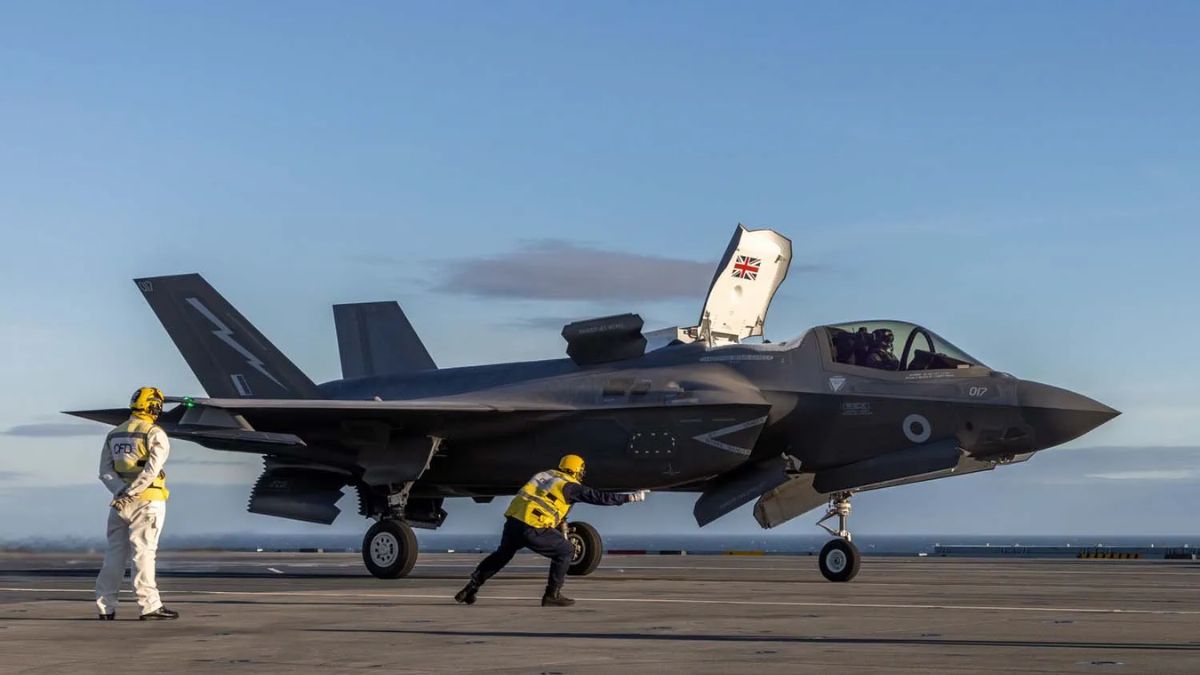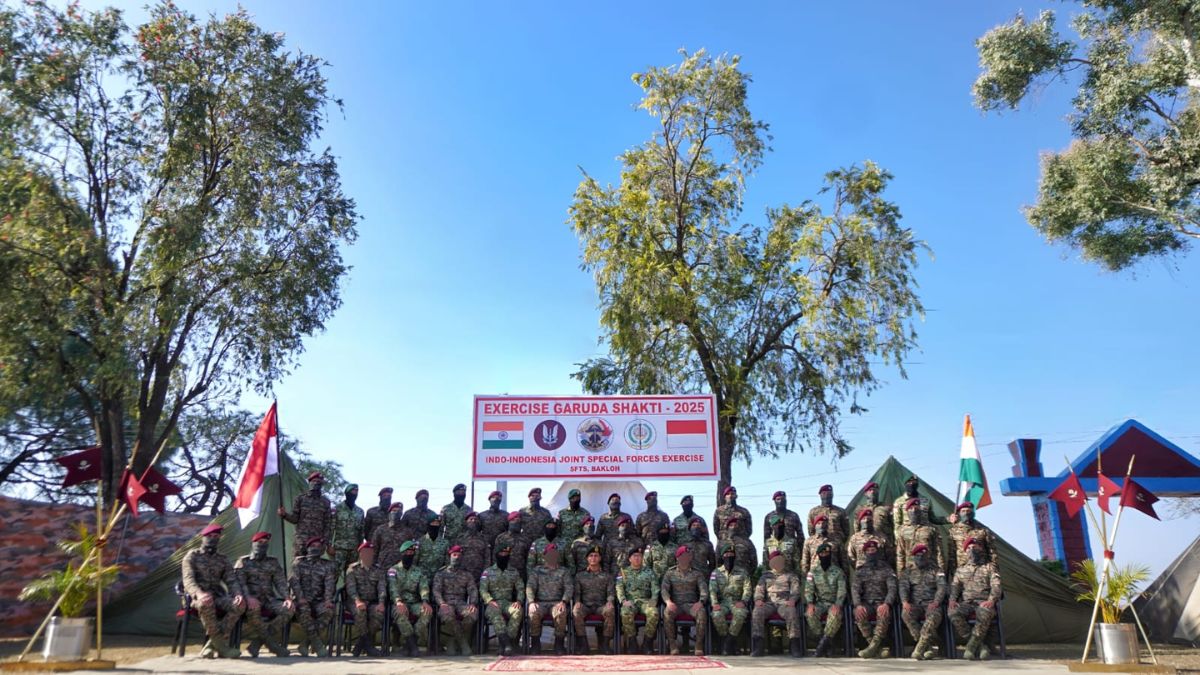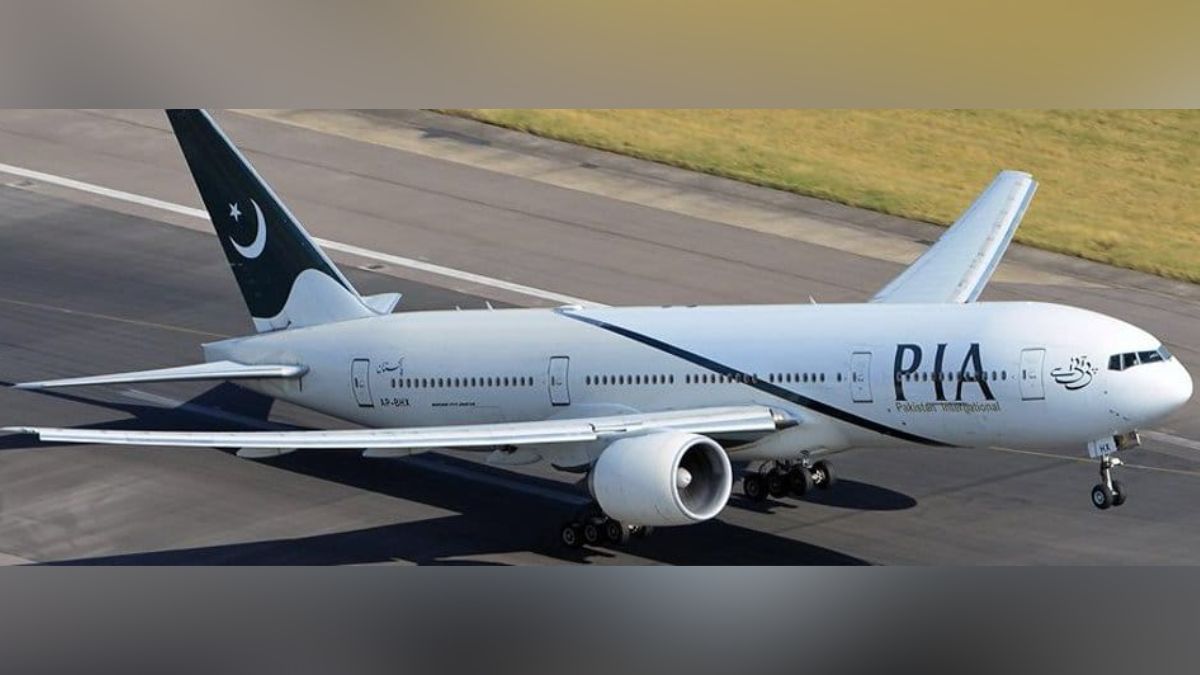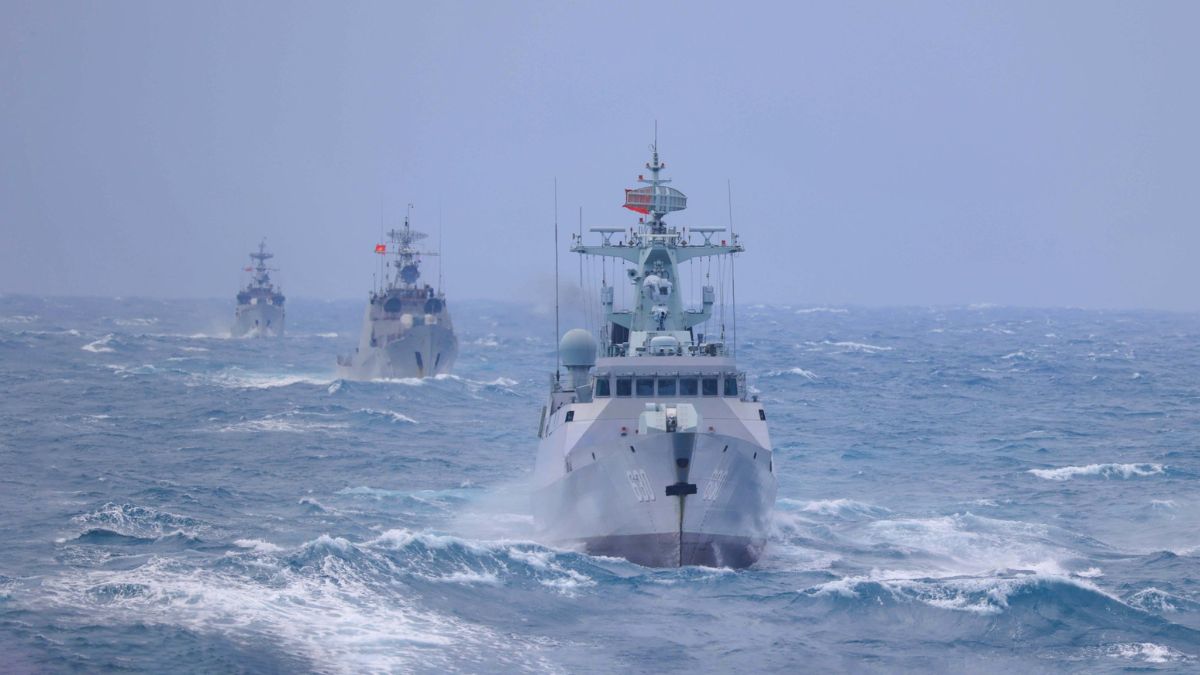British F-35 Stranded In Kerala For Over A Month Takes Off From Thiruvananthapuram Airport

The Royal Navy's F-35B fighter jet had been stranded in India for over a month before it finally took off. Image courtesy: Representative picture via Royal Navy
The United Kingdom (UK) Royal Navy’s F-35B fighter jet, which had been grounded at Kerala’s Thiruvananthapuram International Airport due to a technical glitch for nearly 40 days, finally took off on Tuesday (July 22).
A British High Commission Spokesperson said: “The UK remains very grateful for the support and collaboration of the Indian authorities and airport teams throughout the repair and recovery process […] We look forward to continuing to strengthen our defence partnership with India.”
Why was the F-35 stranded in Kerala?
The warplane, part of a British military deployment, had been stranded since June due to technical and logistical complications.
The F-35 episode in India began on June 14, 2025, when the advanced stealth aircraft, assigned to HMS Prince of Wales, was forced to make an emergency landing at Thiruvananthapuram International Airport in Kerala.
The incident occurred after the jet, returning from joint naval exercises in the Arabian Sea, encountered low fuel and poor weather, forcing the pilot to divert from the aircraft carrier and land on Indian soil: a rare event for such an advanced warplane.
Indian Air Force and airport staff facilitated the landing and ensured security, while also extending logistical assistance such as fueling and ground handling.
The underlying cause of the F-35B’s prolonged stay was a malfunction in its hydraulic system and auxiliary power unit.
What kind of buzz did the F-35 in India generate?
The Central Industrial Security Force provided around-the-clock protection, and a VIP bay was re-purposed exclusively for the jet. Despite these efforts, British authorities initially declined an early Indian offer to tow the aircraft into a hanger, leaving the jet exposed to Kerala’s monsoon rains.
Early repair attempts by Royal Navy personnel were unsuccessful, which escalated diplomatic engagement between the UK and India. Soon, an expert technical team comprising up to 24 Royal Air Force engineers and support staff was dispatched from the UK with specialised equipment.
Eventually, the jet was moved to a hangar owned by Air India Engineering Services Ltd, and after extensive work, it was declared airworthy again
The F-35B’s extended presence sparked a media spectacle. The event fueled memes, cartoons, and playful posts— Kerala Tourism humorously posted a meme suggesting the jet “never wanted to leave” God’s Own Country.

On social media and in newsrooms, speculation abounded about possible outcomes, including the outlandish idea that the jet might need to be packed up in pieces and shipped back to Britain on a transport aircraft, which the UK Ministry of Defence quickly dismissed.
Financially, the jet’s month-long “layover” was not without cost. The airport levied daily parking charges of over Rs 26,000 per day added up to more than Rs 900,000 for the total stay.







